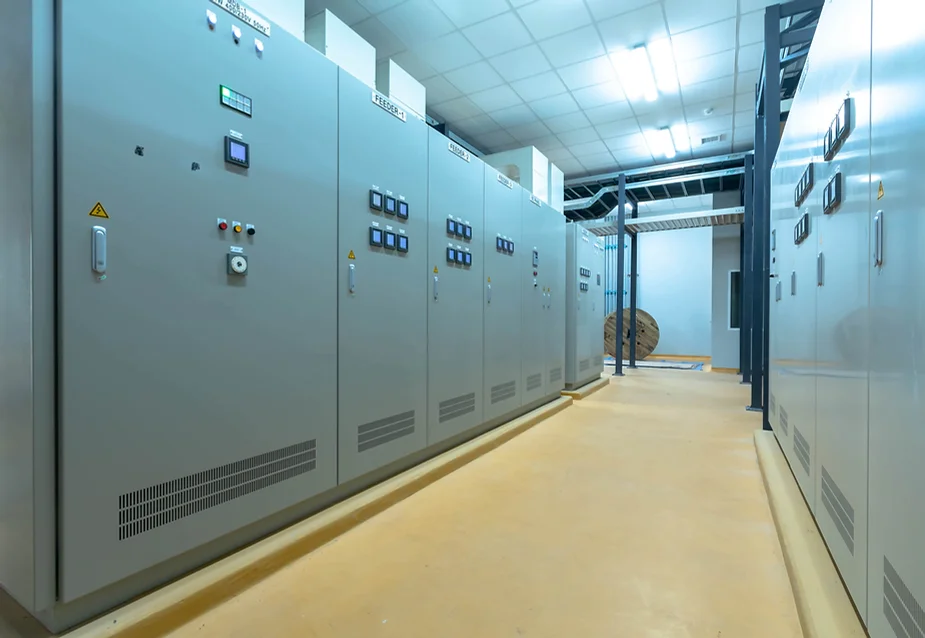How to Size a UPS System
April 26, 2024
There are several key factors that will affect the sizing of a UPS system. As well as choosing the right UPS topology, correctly sizing an uninterruptible power supply is crucial – undersizing inevitably causes immediate problems, while initial oversizing will waste energy, money and valuable floor space.
Critical or Non-Critical Loads
Clearly the load at any given site will be unique, depending on the mix of equipment in its make-up. However, the load will also be time-variant in several ways. There will be daily and weekly variations as office occupancy and equipment use drops overnight or during weekends and holidays, as well as seasonal variations in the weather, and demand on air-conditioning or heating changes. Longer-term changes arising from operational expansion and the addition of new equipment are also likely. Investigation of the critical load’s on-site components, including measurement of the load’s performance over a meaningful time, is a necessary part of the UPS sizing exercise.
Within the UK, the UPS is usually fed from the National Grid electrical mains, and feeds the site’s critical load. During a mains failure, the UPS batteries maintain supply. To start sizing the UPS, the load should be scoped in terms of its required supply voltage, frequency, number of phases, load current, power factor and power consumption.
Equipment should also be compatible with the UK’s nominal frequency of 50 Hz, and may be single- or three-phase. Whereas a three-phase UPS can supply both single- and three-phase loads, a single-phase UPS can only supply single-phase loads.
Power Range
The power capability of a UPS is generally is expressed in VA or kVA. Meanwhile, equipment power consumption may be expressed in Watts. Therefore, a conversion from W to VA is needed, which can be calculated by dividing the power consumption (W) by the power factor.
Add up all the VA, then multiply this by a figure such as 1.2 or 1.25, which factors in future growth and system expansion. That figure is the maximum size in VA or kVA that your UPS should be.
Manufacturers frequently overstate their equipment consumption by 20% or so to ensure the installer provides an adequate supply; however, this over-rating cannot be relied on, and if in doubt the load should be measured.
This measurement activity can form part of the overall site survey. This should include installing portable measuring and monitoring equipment to record information about the load over a period of time. The period depends on the site situation; for example it would be misleading to monitor an office network over a weekend when very few staff have their PCs on.
Potentially problematic loads
The nature as well as the size of the load should be considered. Although UPSs are generally resilient, certain load types do present challenges which must be allowed for. These include blade servers, fluorescent gas discharge lighting, motors and compressors, air conditioning equipment and laser printers. These can all draw high currents during normal operation, and even higher in-rush currents during start-up. This may overload the UPS causing a transfer to bypass. This can lead to intermittent alarms or potentially send the UPS into bypass mode.
For these types of load, good practice suggests two options: either remove them from the power protection system (if the equipment can safely power down on mains failure) or oversize the UPS by a factor of at least three.
Battery Run Time
Sizing a UPS battery relates to the amount of time you want the UPS to keep equipment operating in the event of a power failure, and this depends on the kind of equipment involved. For some, run time needs to be only a few minutes to give the standby generators time to take over.
For more info on any related to UPS systems or UPS maintenance, get in touch.

